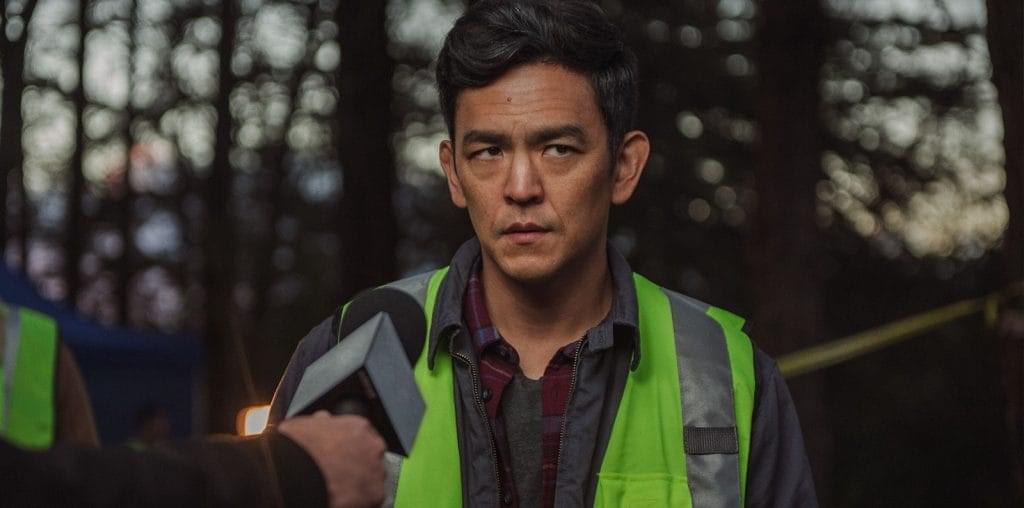
Produced and directed by Stephanie Black, this passionate documentary focuses on “island paradise” Jamaica while denouncing Third Worldwide havoc wrought by the financial policies of the rich “haves.” Like the beautiful bunch of ripe bananas, economic aid from the World Bank, International Monetary Fund and Inter-American Development Bank “hides the deadly black tarant’la” of continued exploitation, dependence, and de facto slavery.
The film both opens and closes with an MS of a tam-wearing Rastafarian seated on a cinder block breakwater in sun-silhouette against the sea, first praying and later smoking ganja. Within this framing device is a second framing device made up of shots of tourists arriving and later departing from Montego Bay: fat, white, gauche and beer guzzling, being bused past malls and McDonald’s to luxury hotels where polite smiling “natives” cater to and entertain them and arrange white towels in the shape of kissing swans.
During the rest of the film, though, the tourists are almost forgotten amidst 75 minutes of bearded fireside Rastas discussing economics and God’s purposes, Jamaicans in hovels watching their island’s violence on fuzzy national TV, ironic interviews with IMF executives, Jamaican farmers bewailing the disastrous economic effects on them (and all former colonies) of First World policies of globalization and forced structural readjustment, and exploited workers employed in foreign-controlled Free Zone sweatshops. In addition to the Harry Belafonte rendition of “The Banana Boat Song,” the film is backed by equally obvious reggæ with a distinct political message (lyrics mention “evil,” “bloody,” “Babylon,” “longer days of work” and “no work”).
The issues are complex and emotional and cannot be adequately explicated in one session. Ms. Black’s film bravely tries to cover too much; perhaps the narration is cloyingly childish, or the good guy/bad guys juxtaposition is too facile for the film to succeed. During its New York press screening, the film finished to applause from the media audience, but (rationally and coldly) it does seem that response was an emotional rather than æsthetic reaction.
While “Life & Debt” indeed may serve as propaganda, it should not be pure lecture and nothing more. However attractive the axe to grind, the haphazard lacework of narration, filmed television screen, disconnected scenes and endless headshots do not make for cinema, documentary or otherwise.
On its world premiere at the IFP/West Los Angeles Film Festival, “Life & Debt” received a Critics Jury Special Prize Honorable Mention citation; it was later chosen to be shown as the opening night feature at the Human Rights Watch Film Festival in New York on June 15 and will open at New York’s Cinema Village for a theatrical engagement the following day.

